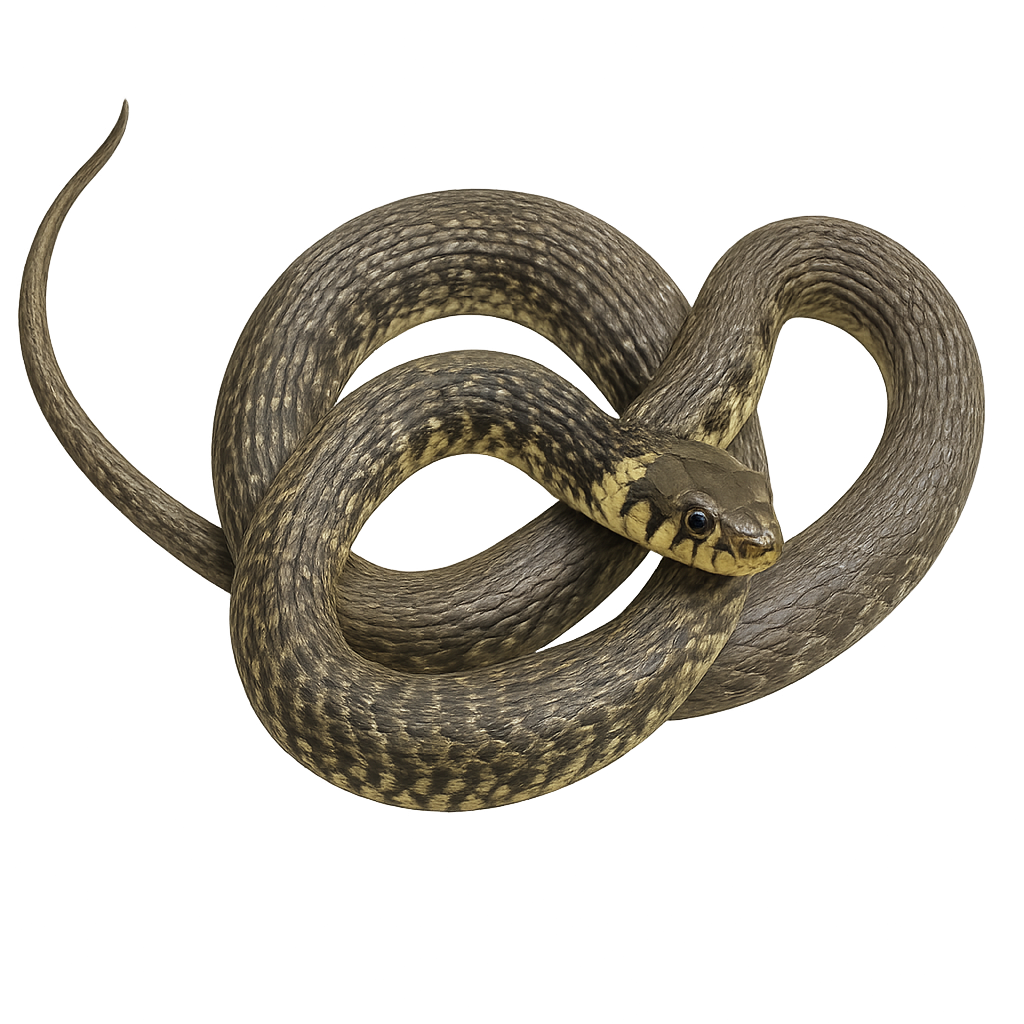Observe and photograph a species in its natural habitat
Learn where and when to observe a species in the wild, how to recognize it in the field, and what habitats it lives in. Get photography tips adapted to its behavior and capture stunning images without disturbing the animal. For full details, open the complete profile in the WildlifePhotographer app.
Western Whip Snake
Scientific name: Hierophis viridiflavus

IUCN Status: Least Concern
Family: COLUBRIDAE
Group: Reptiles
Shyness: Suspicious
Safe distance: 30 m
Breeding season / Courtship: 15.04-15.06
Gestation: 42 à 56 jours
Births: 15.05-15.07
Habitat:
Dry and sunny environments: hedgerows, fallow lands, forest edges, rocky areas
Description:
The Western Whip Snake is a slender snake that can reach up to 1.60 m in length. Its coloration is dark, black or dark green, speckled with yellow spots forming transverse bars at the front of the body and longitudinal lines towards the rear. The belly is light, yellow or greenish-white. Juveniles have a more uniform grayish to beige hue with distinctive head patterns. It inhabits dry and sunny environments, such as hedgerows, fallow lands, forest edges, and rocky areas, from plains up to 1900 m altitude. Diurnal and agile, it primarily feeds on small vertebrates: rodents, lizards, amphibians, and sometimes other snakes. Reproduction occurs in spring, with 5 to 15 eggs laid in June-July, incubated for 6 to 8 weeks. Protected species in Europe, it is vulnerable to habitat destruction and road traffic.
Recommended lens:
>=400 mm
Photography tips:
Use a telephoto lens to photograph the Western Whip Snake, especially during its rapid movements in open environments. Favor soft morning or evening light to capture the details of its coloration. Be patient and discreet to observe its natural behaviors.
Ready to take action?
Choose your platform and start your free trial today



